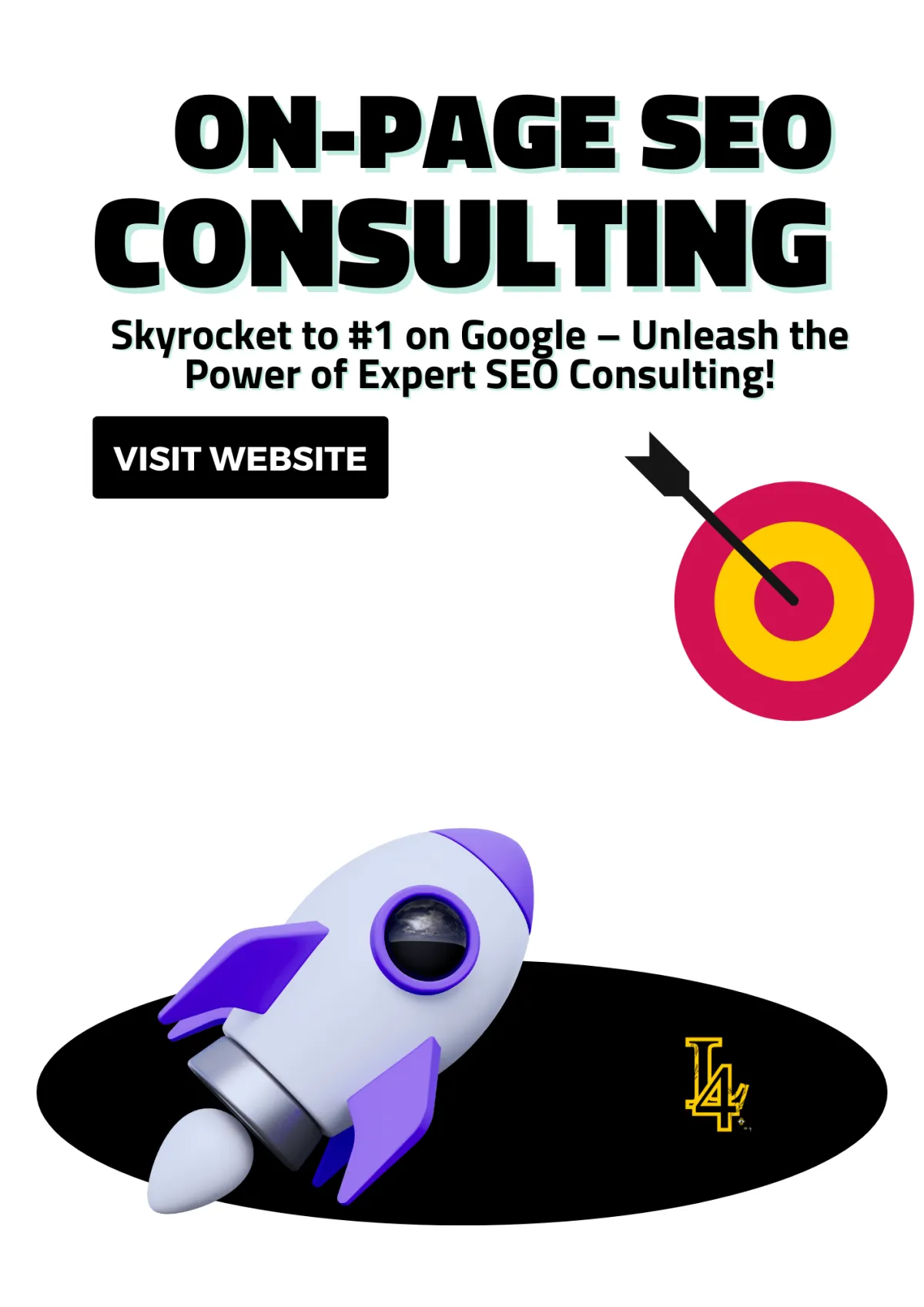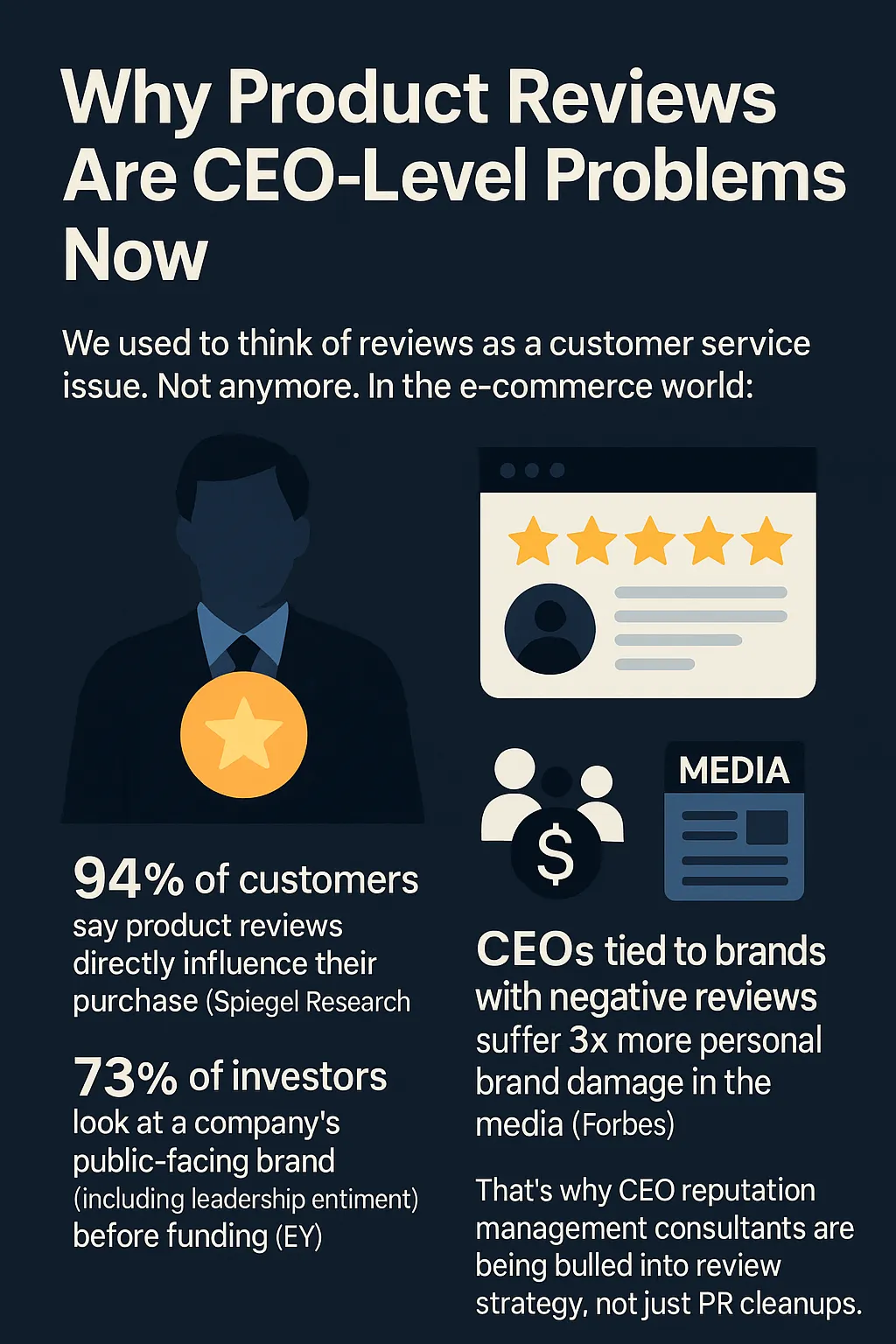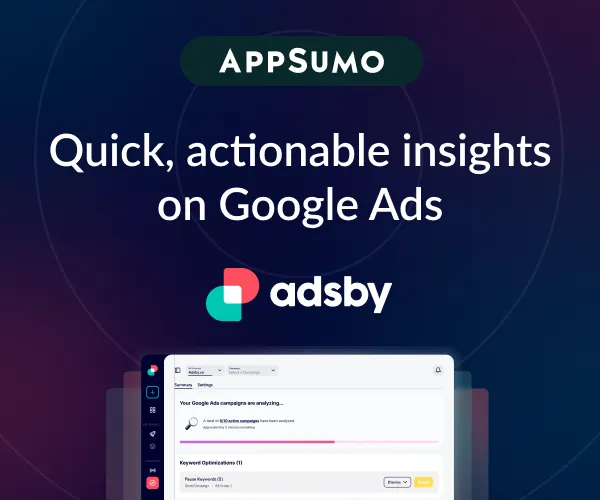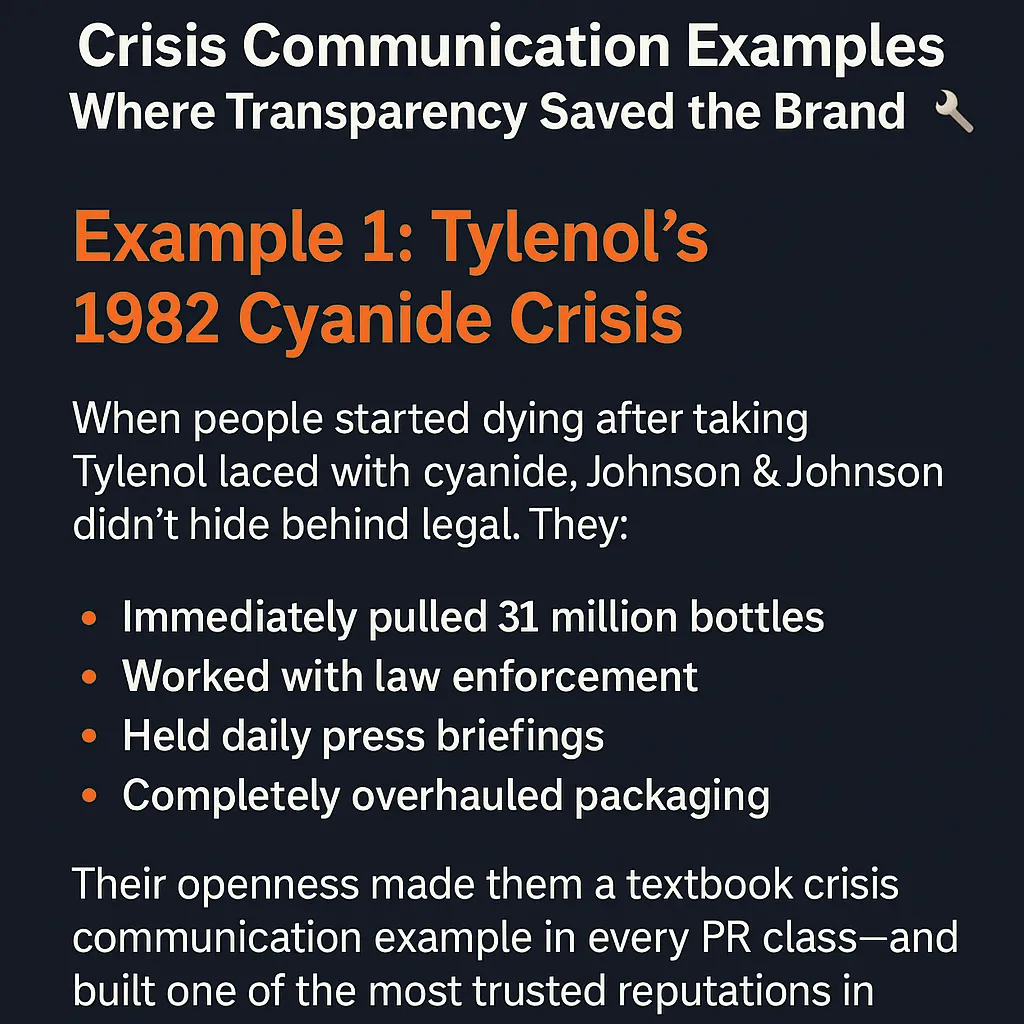
How Small Businesses Can Create Content to Build Online Trust
How Small Businesses Can Create Content to Build Online Trust
Content Creation for Small Business: Strategies to Drive Traffic and Growth
Why Content Creation for Small Business Matters
Key Strategies for Small Business Content Creation
2. Diversify Your Content Types
3. Leverage Competitor Research
4. Optimize for SEO with Keywords
How Content Creation and Web Design Work Together
Boost Engagement and SEO Through Content Creation
How to Repurpose Content to Maximize Your Small Business Reach
Benefits of Repurposing Content for Small Businesses
How to Repurpose Content Effectively
1. Start with Evergreen Content
3. Use Analytics to Identify High-Performing Content
4. Optimize for SEO Across Formats
5. Plan a Content Repurposing Schedule
Examples of Content Repurposing in Action
Case Study: Blog to Video to Social Media
Case Study: Webinar to Blog to Email
How Content Repurposing Supports Web Design and SEO
5 Keyword Research Tools for the Best Content Creation
1. SpyFu: Spy on Competitors’ Keywords
2. SEMrush: A Full-Stack Marketing Toolkit
3. Ahrefs: Deep Dive into Keywords and Backlinks
4. Moz: Simplify Keyword Research
Alright, let’s keep it 💯—content creation can feel like juggling flaming torches while riding a unicycle. I get it; small business owners have a lot on their plate. But here’s the tea: repurposing your existing content is the cheat code to staying relevant without breaking a sweat.
I’m talking less stress, more finesse, and reaching your audience wherever they scroll. Let me show you how I flip my content like pancakes—serving it hot on blogs, socials, and even videos—to keep things fresh, engaging, and SEO-friendly. Ready to work smarter, not harder? Let’s dive in. 🙌
Content Creation for Small Business: Strategies to Drive Traffic and Growth
Creating engaging, high-quality content is essential for any small business looking to grow its online presence. With the right approach, content creation for small businesses can boost traffic, improve SEO, and turn visitors into loyal customers. This guide will help you unlock the secrets of effective content strategies, including leveraging competitor insights and optimizing your content to achieve business success.
Why Content Creation for Small Business Matters
Effective content creation for small businesses is the foundation of digital marketing. Here’s why it’s crucial:
Builds Brand Awareness: Consistent content helps potential customers discover your business.
Improves SEO: Regularly updated content enhances your site’s visibility on search engines.
Engages Your Audience: High-quality content fosters trust and builds a connection with your audience.
Generates Leads: Informative content converts casual visitors into paying customers.
By prioritizing content creation for small businesses, you position your brand as an industry leader and attract the right audience.
Custom HTML/CSS/JAVASCRIPTKey Strategies for Small Business Content Creation
1. Know Your Audience
Understanding your target audience is essential for creating relevant and engaging content. Start by developing a buyer persona that includes details like age, location, challenges, and interests.
Why It Matters: When you tailor your content creation for small businesses to meet the needs of your audience, it fosters trust and increases engagement.
2. Diversify Your Content Types
Variety is key when it comes to content. Popular options for small businesses include:
Blog Posts: Provide in-depth knowledge and insights.
Social Media Content: Drive engagement and promote your brand.
Videos: Explain complex topics or demonstrate products.
Infographics: Visualize data and statistics effectively.
Email Newsletters: Keep your audience updated with personalized messages.
Why It Matters: Using diverse content types helps capture the attention of different audience segments, amplifying the reach of your small business content creation.
3. Leverage Competitor Research
Competitor analysis is an effective way to generate content ideas. Ethically "steal" ideas by identifying high-performing topics from their blogs, social media, or customer reviews.
Here’s how:
Use SEO tools to analyze their top-ranking pages.
Identify gaps in their content and fill them with more detailed and actionable posts.
Add unique insights or perspectives to improve on their work.
Why It Matters: Learning from competitors ensures your content creation for small business strategy stays relevant and effective.
4. Optimize for SEO with Keywords
Keyword research is vital for boosting your content’s visibility online. Incorporate keywords strategically without overloading your content.
Steps to optimize your content:
Use tools like Google Keyword Planner to identify valuable keywords for your niche.
Incorporate long-tail keywords, such as “content creation tips for small business.”
Place keywords naturally in headers, meta descriptions, and throughout your content.
Why It Matters: SEO-focused content creation for small businesses increases your site’s search engine rankings, driving organic traffic and potential customers.
How Content Creation and Web Design Work Together
A strong content strategy is supported by a well-designed website. Here’s how web design enhances your content creation for small businesses:
Mobile Optimization: Ensure all content is accessible on mobile devices for a seamless user experience.
Fast Loading Speeds: Slow websites deter users, so optimize images and use reliable hosting.
Easy Navigation: Organize your site to make content easy to find, with clear menus and search functionality.
Why It Matters: A user-friendly website amplifies the impact of your content, keeping visitors engaged and boosting SEO performance.
Boost Engagement and SEO Through Content Creation
To ensure your content creation for small business strategy is successful, focus on engagement and optimization:
Ask questions or include calls-to-action (CTAs) in your content to encourage interaction.
Regularly respond to comments and messages to build trust with your audience.
Monitor analytics to track which content performs best and adjust your strategy accordingly.
Why It Matters: Engaging content signals value to search engines, improving rankings and attracting more visitors.
How to Repurpose Content to Maximize Your Small Business Reach
Creating high-quality content is crucial for small business growth, but consistently producing new content can be time-consuming and challenging. That’s where content repurposing comes in. By transforming your existing content into different formats, you can maximize its value, reach a wider audience, and streamline your content creation efforts. This guide will show you how to effectively repurpose content as part of your content creation for small business strategy.
What Is Content Repurposing?
Content repurposing involves taking a piece of content you’ve already created—such as a blog post, video, or social media update—and adapting it into a new format. For example:
Turn a detailed blog post into a video or podcast.
Extract key points for social media posts or email newsletters.
Create infographics that visually summarize the content.
Why It Matters: Repurposing content helps small businesses save time, reinforce their message across platforms, and attract different audience segments who prefer varying content formats.
Benefits of Repurposing Content for Small Businesses
1. Increased Reach
Repurposing content allows you to share your message on multiple platforms, increasing the chances of reaching a larger audience. For example, a blog post can become a video for YouTube, a graphic for Instagram, and a LinkedIn article.
2. Time and Resource Savings
Instead of creating entirely new content, repurposing leverages what you already have. This approach saves valuable time while still keeping your content pipeline full.
3. Improved SEO
Posting variations of your content across platforms creates backlinks and increases visibility, improving your website’s SEO performance. This aligns perfectly with your content creation for small business goals.
How to Repurpose Content Effectively
1. Start with Evergreen Content
Evergreen content—topics that remain relevant over time—is ideal for repurposing. Examples include how-to guides, tips, or case studies.
Why It Matters: Evergreen content continues to attract traffic and engagement long after it’s created, making it perfect for ongoing repurposing efforts.
2. Choose the Right Formats
Match your repurposed content to the platform and audience you’re targeting. Popular options include:
Videos: Ideal for engaging audiences on YouTube, Instagram, or TikTok.
Infographics: Perfect for visually summarizing content on Pinterest or LinkedIn.
Social Media Posts: Highlight key takeaways or create shareable quotes.
Podcasts: Transform detailed blogs into conversational audio content.
Why It Matters: Using varied formats ensures your content creation for small businesses reaches diverse audience preferences.
3. Use Analytics to Identify High-Performing Content
Analyze your existing content to determine which pieces resonate most with your audience. High-performing content is a strong candidate for repurposing.
Why It Matters: Focusing on proven content increases the likelihood of success when repurposing for new formats.
4. Optimize for SEO Across Formats
When repurposing content, ensure each version includes relevant keywords, such as "content creation for small business." Add these keywords to titles, descriptions, and meta tags to improve search engine rankings.
Why It Matters: SEO optimization helps your repurposed content drive organic traffic to your site.
Custom HTML/CSS/JAVASCRIPT5. Plan a Content Repurposing Schedule
Include content repurposing in your overall strategy by creating a schedule. For example:
Publish a blog post.
Repurpose it into a video or infographic the following week.
Share snippets on social media over the next month.
Why It Matters: A schedule ensures you consistently extract maximum value from your content without overwhelming your resources.
Examples of Content Repurposing in Action
Case Study: Blog to Video to Social Media
Start with a Blog Post: Write a detailed blog post about small business SEO tips.
Repurpose into a Video: Create a short video summarizing the main points for YouTube or Instagram.
Share on Social Media: Extract tips as individual posts with engaging visuals for Facebook or Twitter.
Case Study: Webinar to Blog to Email
Host a Webinar: Conduct a live webinar on how to improve website traffic.
Turn It into a Blog Post: Write a blog summarizing the webinar’s key insights.
Email Your Audience: Send a newsletter highlighting the blog and webinar replay link.
How Content Repurposing Supports Web Design and SEO
Repurposed content enhances the user experience on your website by providing diverse formats to engage visitors. For example:
Videos keep users on your site longer, reducing bounce rates.
Infographics add visual appeal, making your site more interactive.
Internal Links connect different content formats, boosting SEO performance.
Why It Matters: Combining content repurposing with great web design creates a cohesive experience that strengthens your content creation for small business strategy.
5 Keyword Research Tools for the Best Content Creation
By finding the right keywords, you can ensure your content reaches the right audience, boosts SEO, and drives traffic to your website. Here’s a list of the top 5 keyword research tools to help you uncover the best opportunities for your content creation strategy.
1. SpyFu: Spy on Competitors’ Keywords
SpyFu is like your digital spyglass, letting you peek into your competitors’ SEO and PPC strategies. Use SpyFu to:
Identify the top-ranking keywords your competitors are using.
Discover their most successful content and replicate it with your unique twist.
Gain insights into their backlink strategies to enhance your SEO efforts.
Why It’s Great for Content Creation: By knowing what works for your competitors, you can craft content that outranks theirs and targets high-performing keywords.
2. SEMrush: A Full-Stack Marketing Toolkit
SEMrush is a powerhouse for keyword research and content planning. It provides:
Keyword difficulty scores to prioritize low-competition opportunities.
Topic research tools to generate content ideas based on trending searches.
Organic traffic insights to understand which keywords bring in the most visitors.
Why It’s Great for Content Creation: SEMrush not only finds the best keywords but also helps structure your content strategy for long-term success.
3. Ahrefs: Deep Dive into Keywords and Backlinks
Ahrefs is a go-to tool for SEO professionals and content creators alike. Use it to:
Explore extensive keyword data, including search volume and click potential.
Analyze your competitors’ backlink profiles and replicate their winning strategies.
Track keyword rankings over time to measure the success of your content.
Why It’s Great for Content Creation: Ahrefs’ detailed keyword insights help you craft content that ranks higher and drives more engagement.
4. Moz: Simplify Keyword Research
Moz’s keyword research tool is user-friendly and highly effective. Features include:
A simple keyword difficulty metric to target achievable keywords.
SERP analysis to understand what kind of content is ranking for your chosen keywords.
Keyword suggestions for expanding your content creation strategy.
Why It’s Great for Content Creation: Moz makes keyword research approachable while providing all the insights needed to create optimized, high-performing content.
5. Google Keyword Planner: A Free Classic
Google Keyword Planner remains a reliable choice for identifying basic keyword trends. Use it to:
Find keyword ideas based on your niche or competitors.
Assess search volume and competition levels for targeted keywords.
Plan PPC campaigns alongside your organic content strategy.
Why It’s Great for Content Creation: As a free tool, Google Keyword Planner offers invaluable data to refine your content creation efforts without breaking the bank.
In Conclusion
So, there you have it—repurposing content is the MVP of my content creation for the small business playbook. It’s like squeezing every last drop out of an orange; you get maximum juice for minimum effort. Whether I’m turning a blog into a spicy infographic or chopping up a video for social media snippets, I make sure my content does triple duty. The best part? It keeps the algorithms happy and my audience coming back for more. Now it’s your turn to take these tips and flex your content creation muscles. Don’t just create—repurpose, remix, and reign supreme. You got this! 🚀
Related Articles
SEO for Blog Posts: How to Write Content That Ranks
Organic SEO vs. PPC: How I Built My Website for Long-Term Success





















